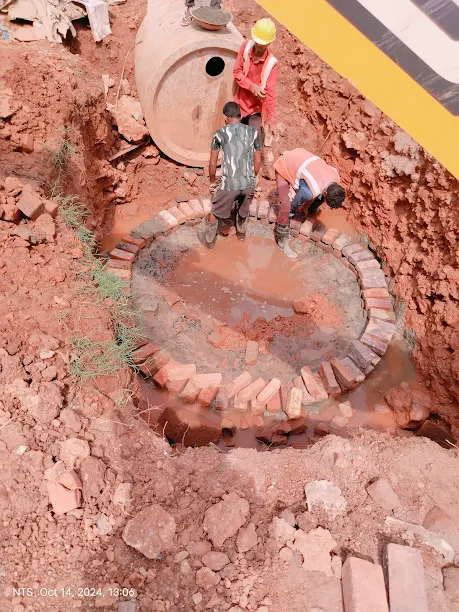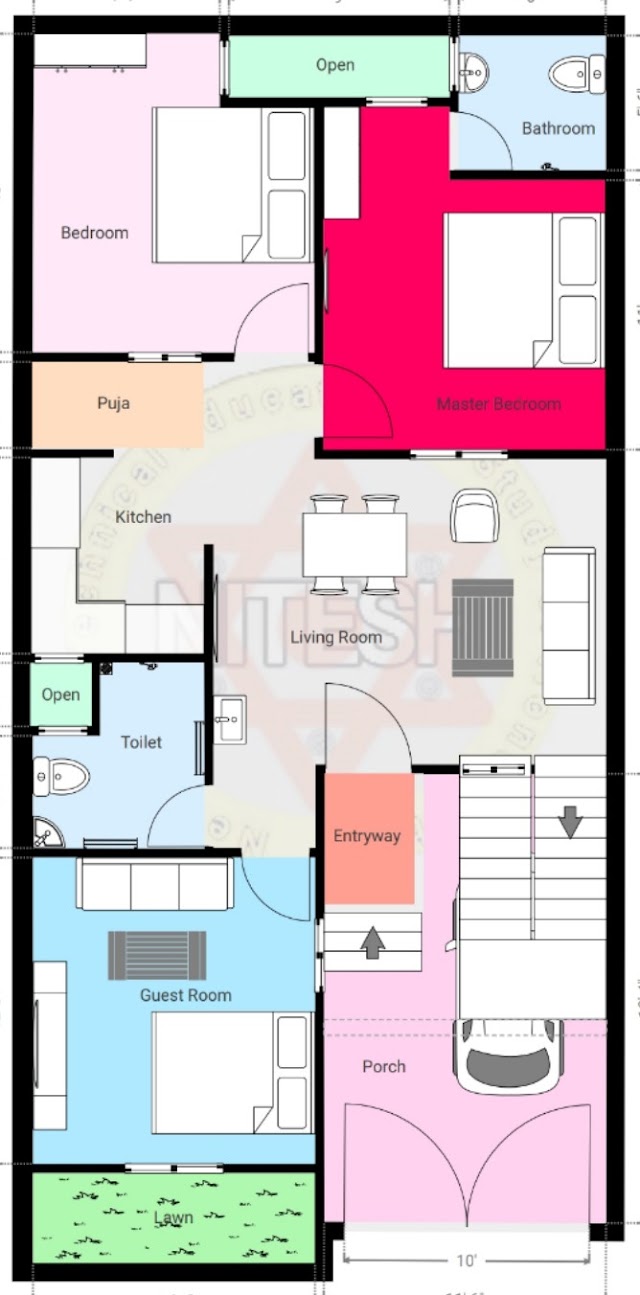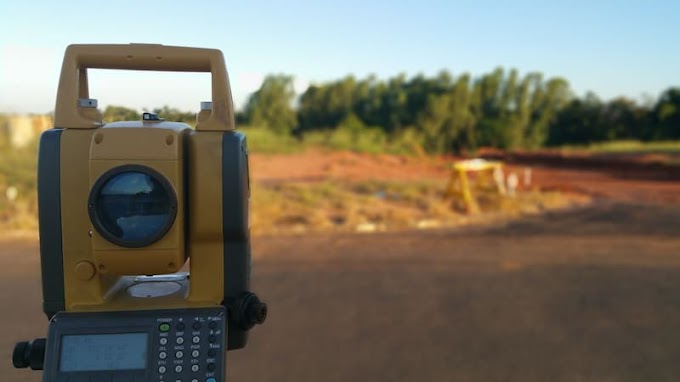Performance History, agency, complaint and expectations of waste water management system
Depending on the nature and cause of a collection system problem, an operator may determine that a location requires a more frequent return cycle for evaluation. Common causes of problems include grease, roots, debris, pipe failures, and over-flows. Defects that cause mainline failure are best remedied through permanent cor-rection, which might not always be immediately practical or possible. An example would be a sewer main through a central business district that requires heavy, semi-annual cleaning. This sewer main may be identified as not requiring capital outlay for repair or replacement because of its location. It may remain on a cleaning and inspection cycle until conditions change, although this approach may not be standard for the rest of the system. Operator and staff will be able to make more informed deci-sions as they become familiar with the performance of the collection system through data and performance measure reviews.
Agency Resources
Depending on system size and budget, operators have many considerations and options concerning resources to accomplish program goals, including staffing and equipment needs.
Program objectives need to be weighed against staffing ability. Some references may recommend staffing levels based on system size, but technology use may affect those numbers. Determining an initial return cycle of the system for preventive main-tenance and the ability to respond to emergencies can be based on collected data to determine if staffing levels are adequate. Although attrition is reducing the number of knowledgeable staff, contract services have become more readily available. Peri-odic review of contract service availability and cost can be good information for the operator to compile and to compare to in-house staffing costs.
Program objectives also need to be weighed against equipment availability and the return frequency of pipeline and facility review or cleaning. Costs per unit of work on a regional or units-per-man-hour basis for cleaning and televising are avail-able through industry organizations or third-party vendors and contractors.
Customer Expectations/Complaints
Public awareness is becoming more of a consideration as it relates to program objec-tives and deliverables because of the immediate availability of information. This means that the operator must use judgment on how information is communicated to the public to ensure that the definition and execution of the program protects the agency from potential liability.
An example of operator judgment would be noting and reporting a sewer manhole overflow in a remote portion of the collection system. If the overflow extends outside of the easement or affects a receiving stream, then public notice would be appropriate. If it is contained in the immediate area, does not affect open land or receiving streams, and does not interrupt service to customers, then notification to the regulatory agency and corrective action may be enough. Information for events such as these could be posted on Web sites or on required regulatory reports with details shared upon request of customers, rather than unnecessarily alarming the public.
As indicated in other areas of this document, stakeholders can include system users, land developers, regulatory agents, and concerned citizens. Their perspective and interests can affect an operator's program. Basic information of interest to most customer types includes capacity of the collection system, appropriate use of the system, and the customer's responsibility in helping to maintain it.
As development occurs, an operator must make decisions about whether an existing system can accept the flow from a new connection or if an extension of the system is possible. The answers to these issues depend on the capacity of the system and availability of financing for improvements needed to serve development. New service agreements are recommended to be executed in writing and made publicly available to eliminate the potential for misunderstandings. Further discussion of capacity assurance planning is provided in Chapter 4 of this manual; system financing options are discussed in Chapter 8.
It is recommended that there be stated conditions concerning use of the collec-tion system. This is typically accomplished through a sewer use ordinance adopted by the local governing body. These documents typically correlate with other local code involving permitting, construction, inspection, and wastewater acceptance requirements. Specific conditions can include industrial or environmental compli-ance concerning pretreatment, which ultimately will require periodic testing and enforcement for noncompliance. Conditions also may include methods of connection and allowable discharges. For instance, roof drains and sump pumps would not be acceptable in a separated sewer system but may be in a combined sewer system. Also yard waste, dirt, rocks, construction waste, rags, personal hygiene products, and household grease are examples of items that should not be disposed of in a sewer col-lection system because of risk of line stoppages and overflows. Information such as this should be communicated to proactively educate the customer.
Just as the system operator has responsibility for maintaining and operating a collection system, so too should the customer have responsibility in its use and main-tenance. In addition to safe disposal, the customer also should be responsible for the condition of their service line, eliminating the potential for root intrusion and capacity-depleting groundwater infiltration. The system operator should make this clear in local code, upon connection for service to the system, and through various agency communications. Sometimes, financial hardship may affect a customer's ability to make required corrections to their service line. The utility will need to deter-mine how to address this and whether system expenditures on private portions of the collection system will yield a return worth pursuing. Many locations have deter-mined that addressing private laterals and eliminating unapproved connections (roof drains, sump pumps, etc.) has contributed to removal of extraneous flow and its related non-revenue effect to the system. Some systems have established loan or grant programs for qualifying customers.
Community Interests
The development of any area is important to economic growth and quality of life. Operators must coordinate with development interests in use of existing or con-struction of new infrastructure. Receiving sewers, pumping stations, and treatment facilities must be considered when enabling new connections. Type of use and dis-charge are other factors to consider. A master sewer plan based on existing and potential land use is a good tool to facilitate discussion about development and the interests of the community. Typical master plans project future conditions for 25 years or more and should be reviewed and updated periodically. Master planning and capital improvement planning is discussed in Chapter 4 of this manual.
Regulatory Resources
Interpretation of regulations by local agencies is critical to funding, staffing, equip-ment, and overall program objectives. Regulatory agencies can serve as a great resource for information and as an advocate with other stakeholders. As with any relationship, trust is earned through communication and demonstration of responsi-bility and accountability. A collection system operator may achieve this trust through timely, credible, and dependable reporting. Operators can further develop relation-ships by working on industry activities that enable cross-agency interaction and through good system management to ensure few incidences or failures occur.








